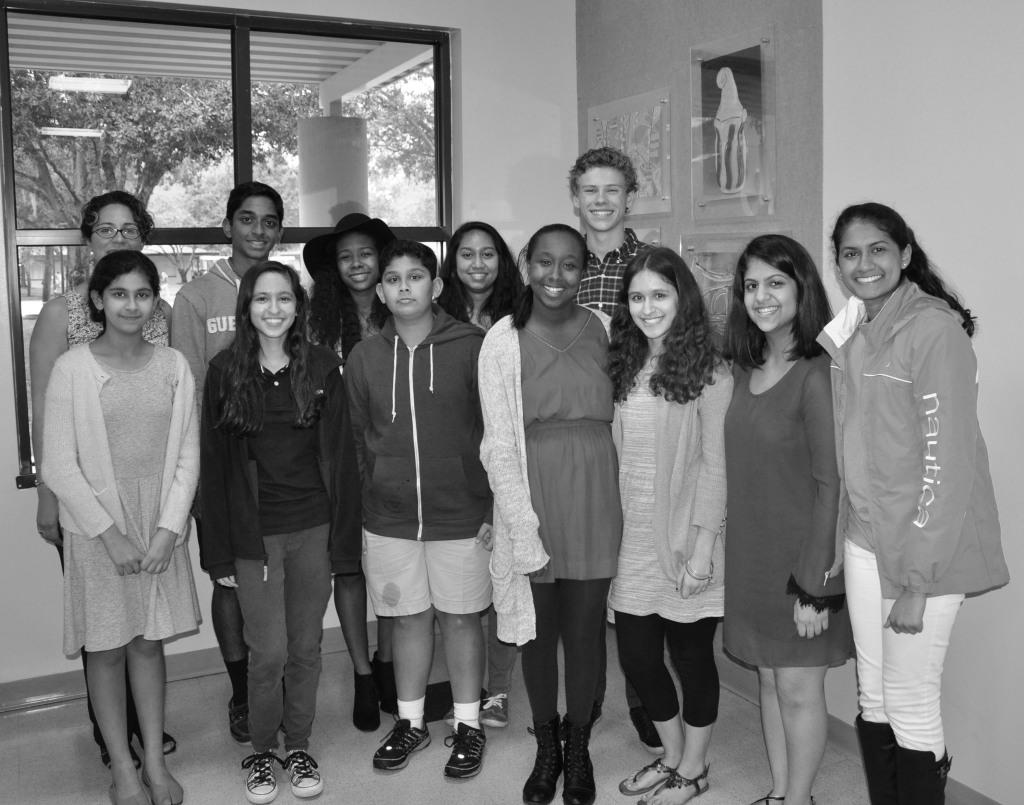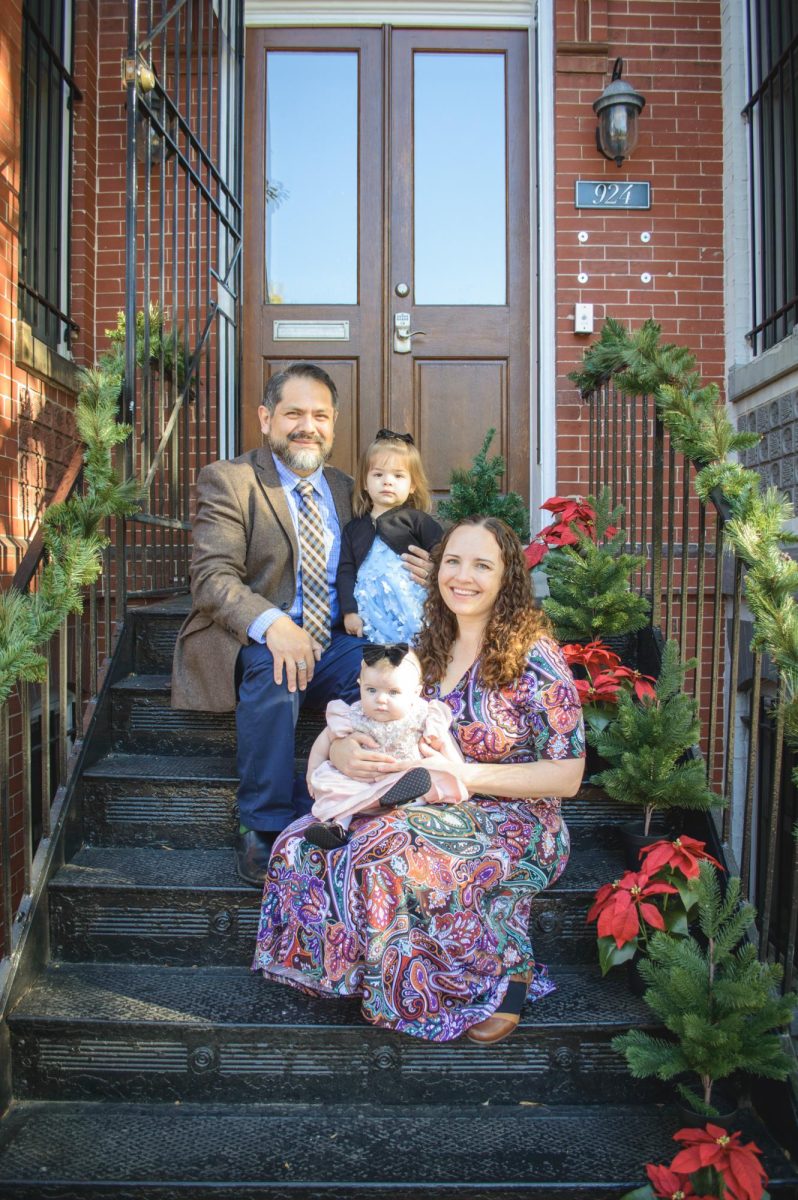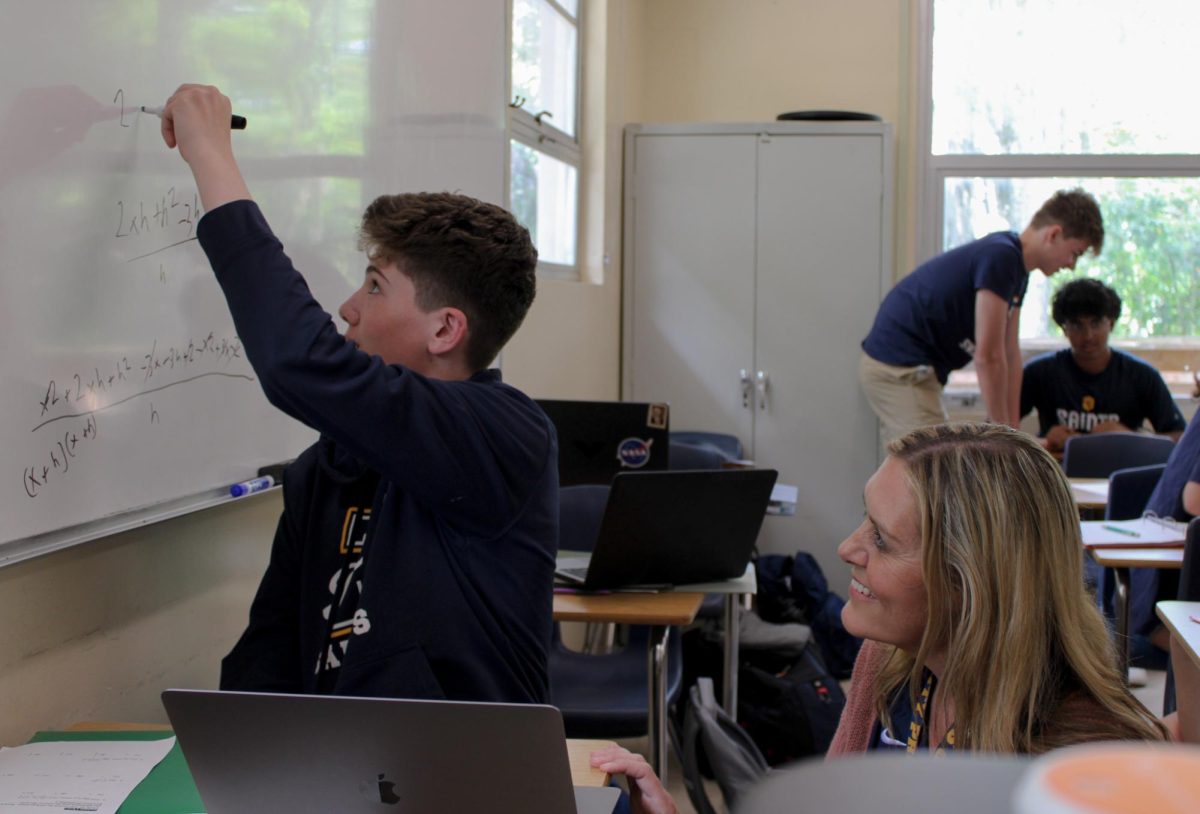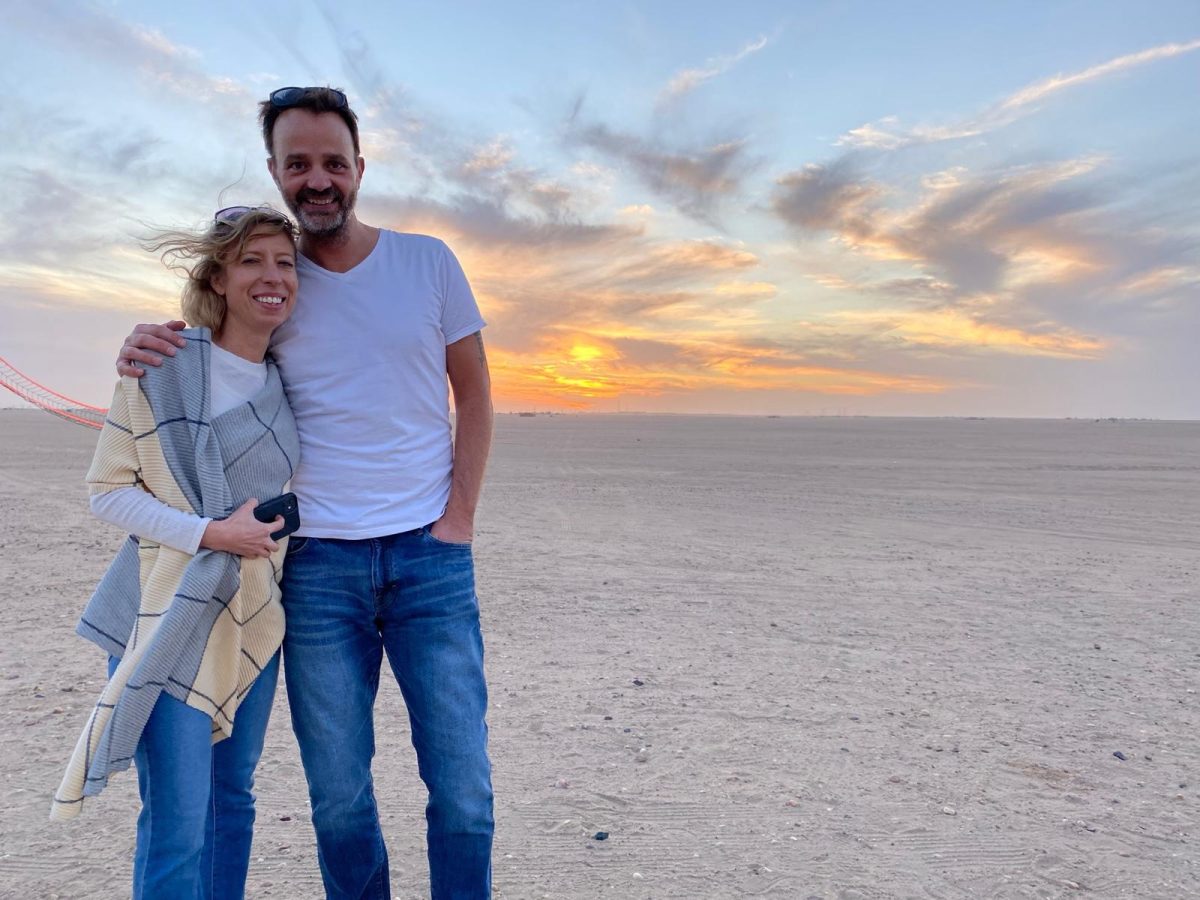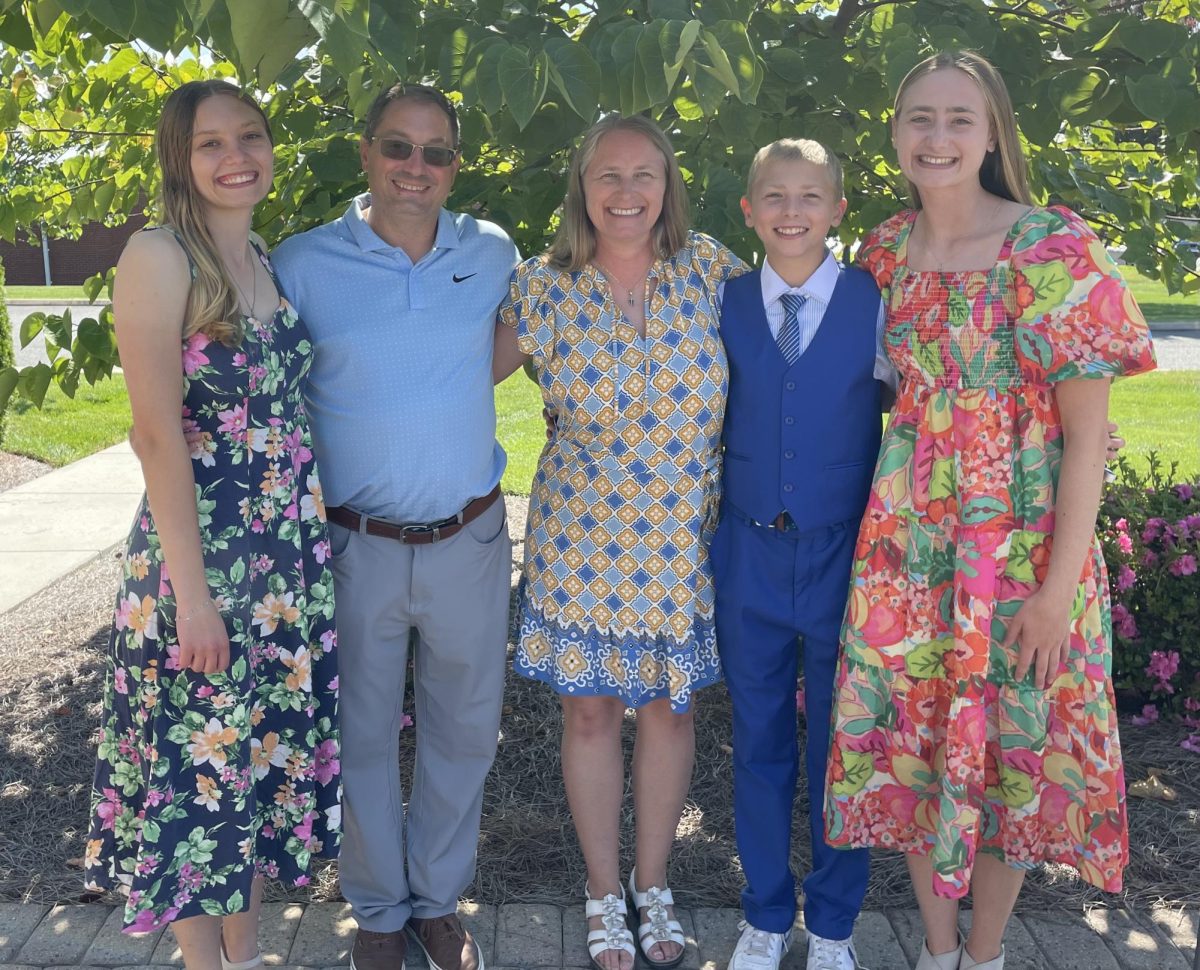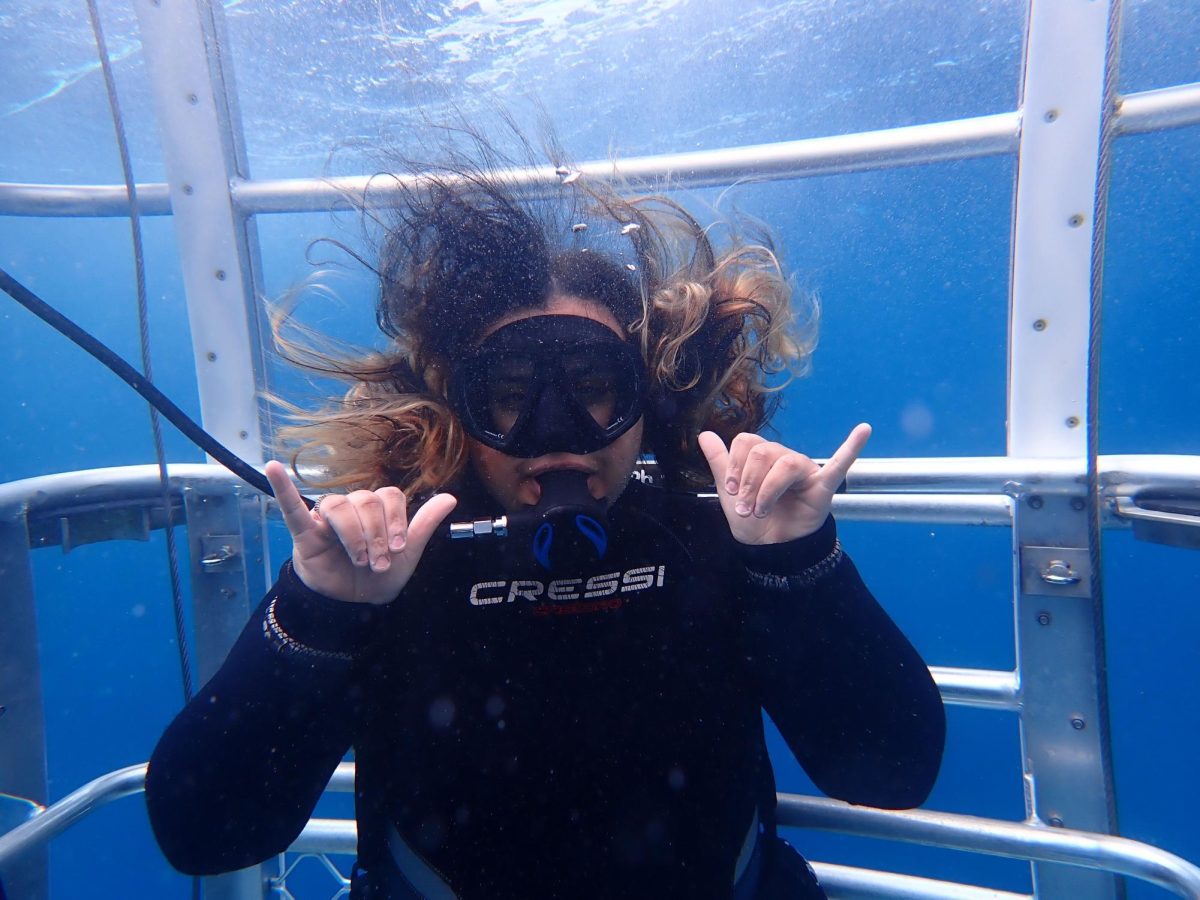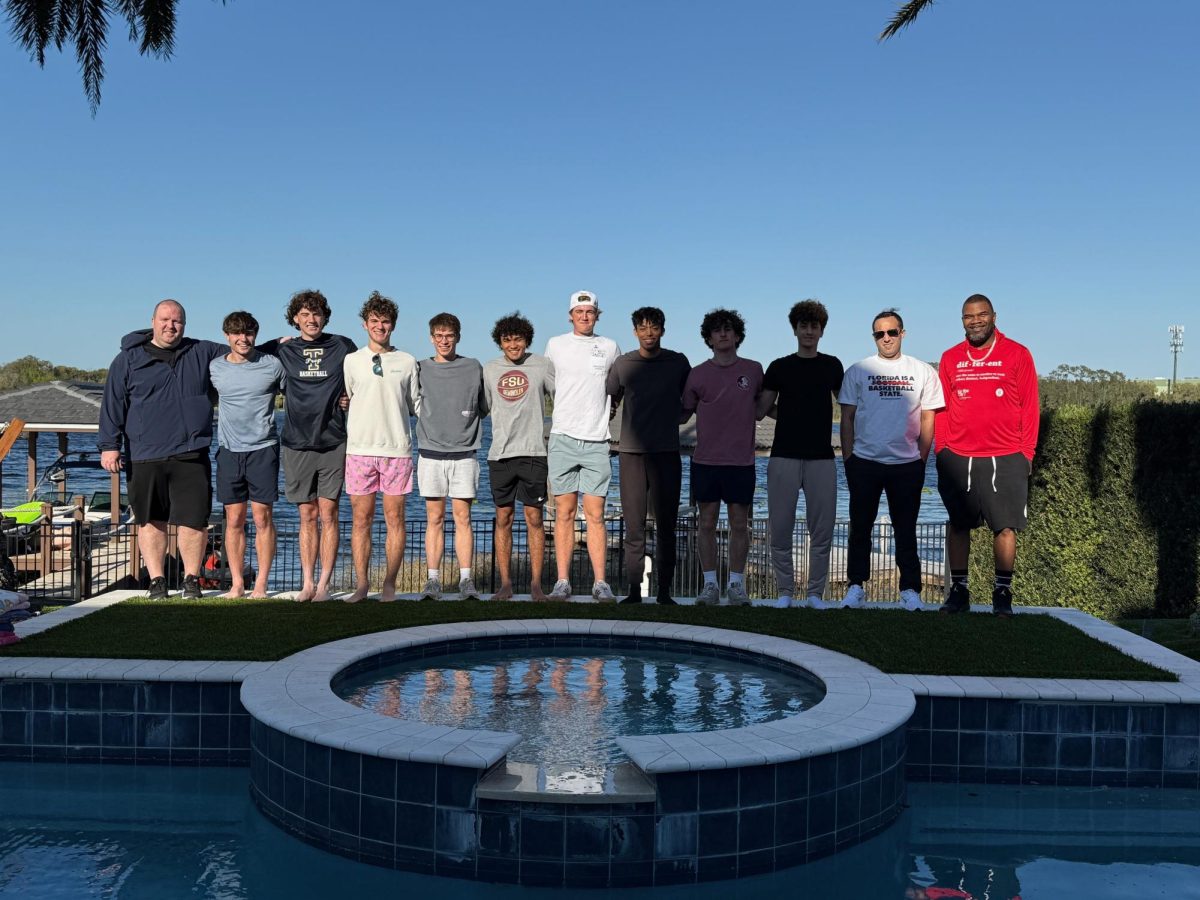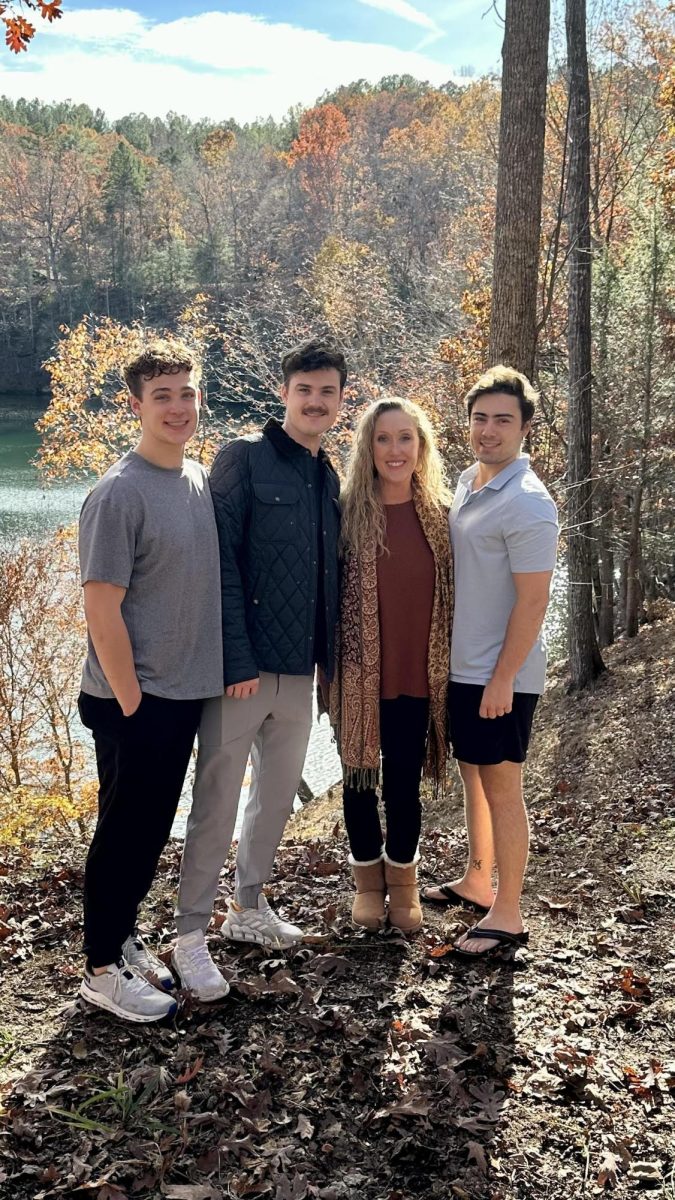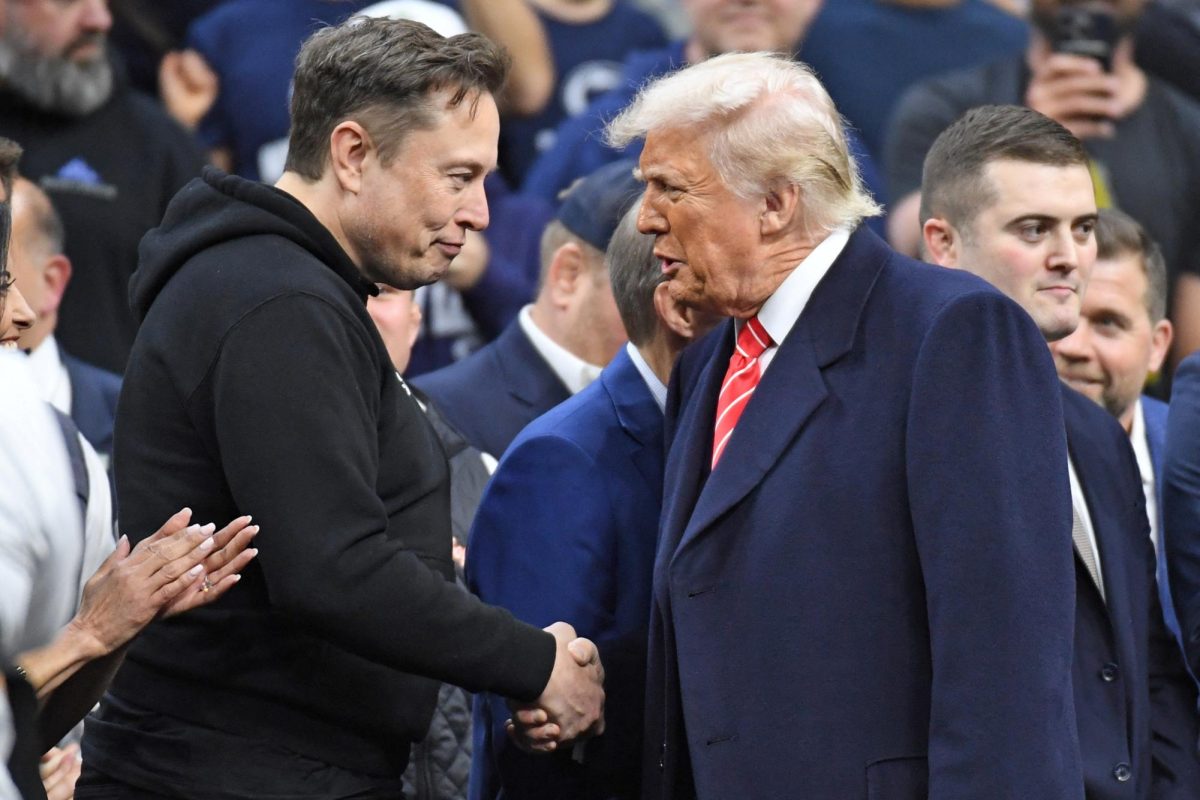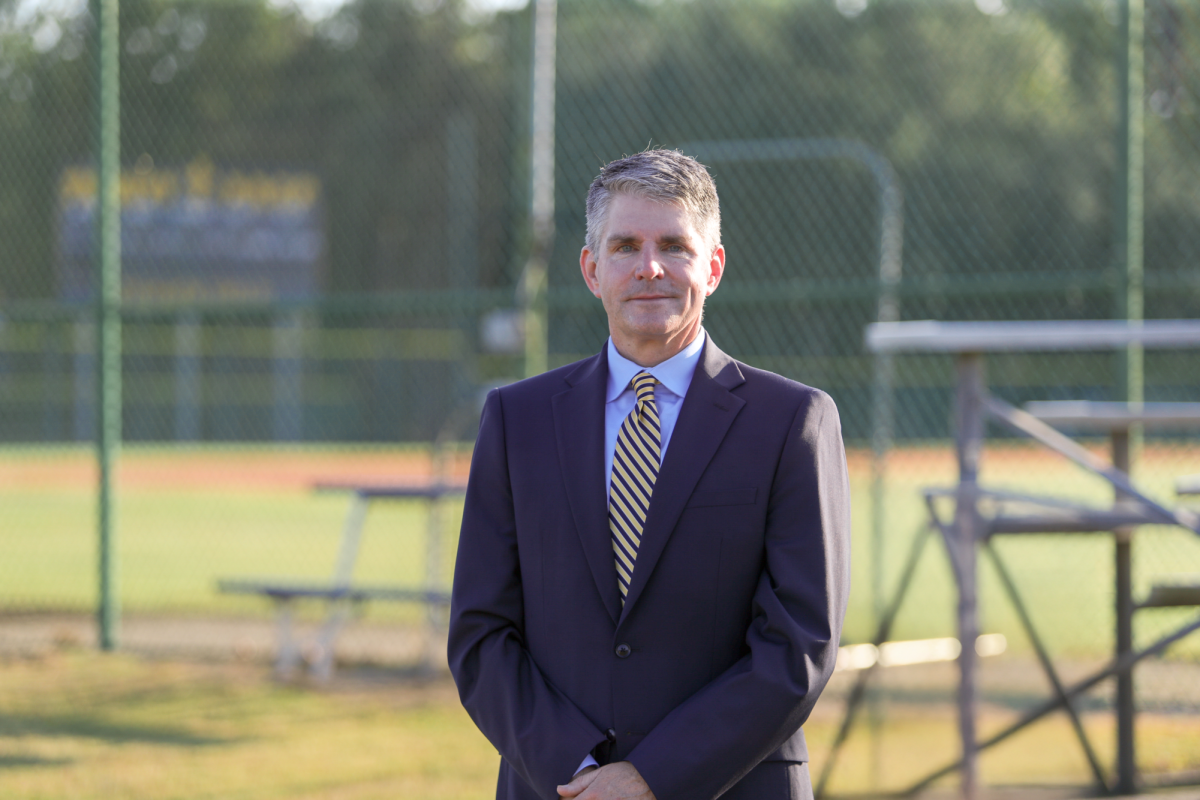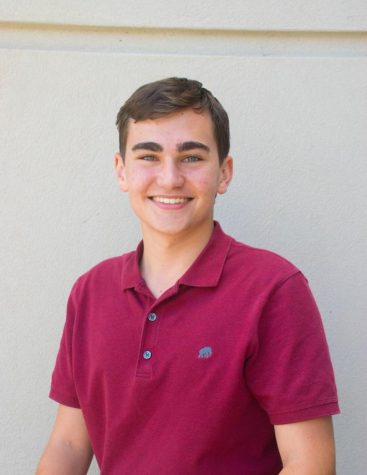Science teacher Lali DeRosier’s Independent Research in the Sciences class recently put on a science research symposium to display each student’s finding on a particular topic. This was the first year of the class, which is an after-school course for upper schoolers. Each student is given the opportunity to display his or her research through a short PowerPoint presentation.
These students worked hard, and it showed. Junior Jyoti Moorjani discovered that garlic may be a better acne cure than medically prescribed drug Retin-A.
Sophomore Noopur Ranganathan found a new way to allow people with age-related macular degeneration (AMD) to peripherally read by spacing out lines, words, and letters. AMD does not allow patients to read anything directly in front of them, so they must read slowly using peripheral vision. Ranganathan’s method allows readers to read 60% faster than with an ordinary layout of words.
Junior Joshua Kahky’s experiment involved finding out if consumers are losing money due to tires having too much friction.
“I was inspired to do my project on the effects of rolling friction while driving from my Honors Physics class,” Kahky said. “We had recently learned about [how] energy was lost [due to] friction and wondered if it applied to everyday activities, like driving.”
His experiment proved worthwhile when he discovered that tires only have enough friction to keep vehicles moving. His hypothesis disproved the theory that tires had too much friction, causing consumers to spend more on gas.
Trinity’s exchange student, Theodore Lav, also took part in the Science Symposium, giving a presentation on excess nitrates in Florida water. Although he did not discover any nitrates, he confirmed that ammonia is more present in water nearest to inhabited areas.
This event was no small show. People in attendance included Headmaster Craig Maughan, Middle School Principal Jason Dowdy and Upper School Principal Dennis Herron. In addition, numerous science and mathematics teachers, along with parents of presenters, were at the symposium.
DeRosier started the Independent Research in the Sciences class after a growing desire from students to have a class where they could freely investigate whatever topic they choose. The class meets after school every few weeks to keep up with student progress. DeRosier set up guidelines and deadlines so that the students would stay on track throughout the project. In addition, she met with the students one-on-one whenever needed.
Students joined the inaugural class for a multitude of reasons, whether it be just for fun or even college credentials.
“I chose to take part in the Independent Research in the Sciences because I’ve always been interested in how the world works and saw it as a great opportunity to get to do my own experiments in whatever field I thought was most interesting,” Kahky said.
DeRosier hopes that the students can learn from their results to better conduct an experiment the next time. She wants students to be able to correctly answer scientific questions and hypotheses.
“It’s about the process of authentic, scientific questioning,” Derosier said.
The Symposium is a precursor for the Dr. Nelson Ying Orange County Science Exposition, which all 12 students entered. The Ying Expo is a preliminary round for the State Science and Engineering Fair of Florida which in turn sends its winners to the Intel International Science and Engineering Fair (IISEF). The winners of each category of the Ying Expo will advance to the state competition, which will then send the top three overall winners to the national event.
As the Ying Expo arrived on February 8 and 9, students prepared for a chance to advance to the state level.
“For the Ying Convention, I created a research lab notebook, where I recorded all of my data,” sophomore Safia Centner said. “I completed a poster board, using my graphs and tables, as well as finishing my research paper and abstract.” Other students agreed, saying that finishing the poster board and creating a notebook was a priority.
At the Ying Expo, Ranganathan won the overall grand prize and a $20,000 scholarship to Rollins College. She automatically qualifies for the Intel International Science and Engineering Fair, but she can still show her presentation in the state fair.
Other special award winners included Lav, Vikas Bommenini and Akhil Karandikar. Aliya Centner, Jyoti Moorjani, Shea Perera and Anusha Karandikar also won second or third place prizes in their catagories.
The state fair takes place April 1 and 2, while the IISEF competition occurs May 10-15 in Philadelphia.




